Cost Modelling for Pricing Your Services
A Comprehensive Guide
Are you struggling to set the right price for your services? You're not alone. Pricing is one of the biggest challenges faced by business owners, whether they're just starting out or have been in the game for years. But there is a solution: cost modelling. By taking a closer look at your costs and using data to inform your pricing decisions, you can build a sustainable business and attract the right clients.
In this guide, we'll walk you through everything you need to know about cost modelling and pricing your services. From the basics of cost analysis to the steps you can take to get started, we'll cover it all.
Understanding Cost Modelling
Before we dive into the nitty-gritty of cost modelling, let's start with the basics. Cost modelling is the process of estimating the costs associated with a particular project or service. This includes direct costs (like materials and labour) as well as indirect costs (like overhead and marketing). By understanding your costs, you can set prices that are both competitive and profitable.
So, how do you get started with cost modelling? Here are five steps you can take today:
Step 1: Identify Your Costs
The first step in cost modelling is identifying all the costs associated with your service. This includes direct costs (like materials, labour, and shipping) as well as indirect costs (like rent, utilities, and marketing). Make a list of all your costs, no matter how small, and be sure to update it regularly.
Step 2: Estimate Your Overhead
Overhead is the indirect costs associated with running your business, such as rent, utilities, and office supplies. To estimate your overhead, calculate the total cost of all your indirect expenses over a period of time (usually a month or a year) and divide that number by the number of services you provide during that same period. This will give you a per-service overhead cost.
Step 3: Determine Your Profit Margin
Your profit margin is the amount of profit you make on each service you provide. To calculate your profit margin, subtract your total costs (including overhead) from your total revenue, and divide that number by your total revenue. This will give you a percentage, which you can use to set your prices.
Step 4: Consider Your Competitors
When setting prices for your services, it's important to consider what your competitors are charging. Research other businesses in your industry and compare their prices to yours. This will give you a better understanding of the market and help you set prices that are both competitive and profitable.
Step 5: Test and Adjust
Once you've set your prices, it's important to test and adjust them over time. Pay attention to customer feedback and monitor your financials to see how your pricing is affecting your business. If you're not seeing the results you want, don't be afraid to make adjustments.
Benefits of Cost Modelling
Now that you know how to get started with cost modelling, let's take a look at some of the benefits it can offer your business.
Increased Profitability
By understanding your costs and setting prices accordingly, you can increase your profitability and build a sustainable business.
Competitive Advantage
Pricing your services competitively can give you an advantage in the market and attract more customers.
Better Decision Making
Cost modelling gives you the data you need to make informed decisions about your business. By understanding your costs, you can make smarter choices about everything from pricing to marketing.
Improved Financial Management
Cost modelling can help you manage your finances more effectively, giving you a clearer picture of your business's financial health.
Checklist
Beginner Cost Modelling Checklist:
Identify all costs associated with your service, including direct and indirect costs.
Estimate your overhead by calculating the total cost of all your indirect expenses over a period of time and dividing that number by the number of services you provide during that same period.
Determine your profit margin by subtracting your total costs (including overhead) from your total revenue, and dividing that number by your total revenue.
Research competitors in your industry and consider their pricing.
Set prices based on your costs, profit margin, and market research.
Monitor customer feedback and financials to evaluate the effectiveness of your pricing strategy.
Intermediate Cost Modelling Checklist:
Conduct a more thorough analysis of your costs, breaking them down into categories such as labour, materials, overhead, and marketing.
Consider the impact of different pricing strategies, such as volume discounts, package deals, and seasonal pricing.
Analyse the data you collect to identify areas where you can reduce costs and improve efficiency.
Use financial modelling tools, such as spreadsheets and accounting software, to more accurately calculate costs and set prices.
Consider the impact of external factors, such as changes in the economy, industry trends, and regulatory changes.
Advanced Cost Modelling Checklist:
Conduct a comprehensive analysis of your entire supply chain to identify areas where you can reduce costs and improve efficiency.
Consider the impact of long-term investments in things like research and development, new equipment, and employee training.
Use predictive analytics to forecast future costs and revenues, and adjust your pricing strategy accordingly.
Develop a pricing optimization strategy that takes into account different customer segments, product lines, and geographic regions.
Use data visualisation tools to help you better understand your data and make more informed decisions.
No matter what level of cost modelling you are at, it's important to keep track of your costs and regularly review your pricing strategy to ensure it remains competitive and profitable.
By following this checklist and best practices and continually refining your approach, you can build a sustainable business that meets your customers' needs while also meeting your financial goals.




